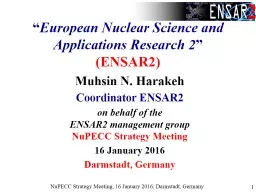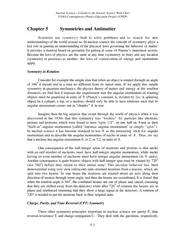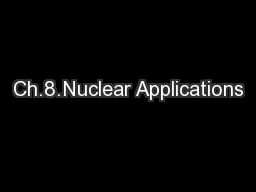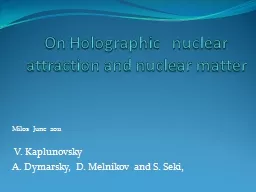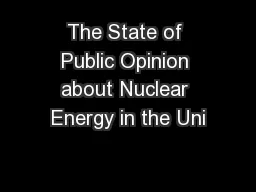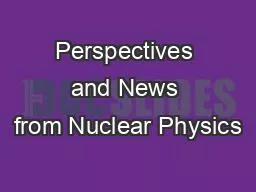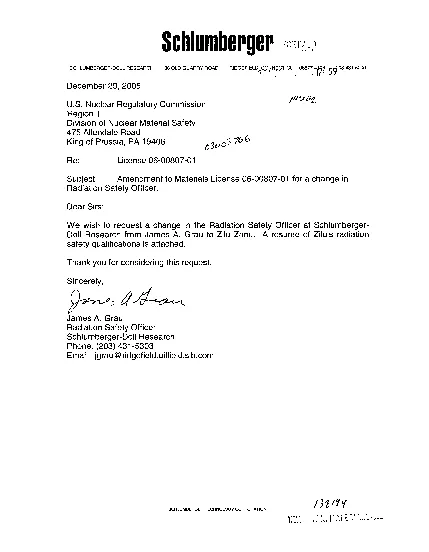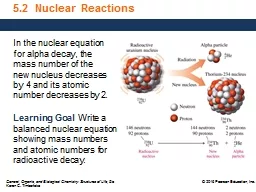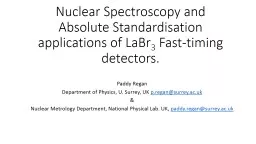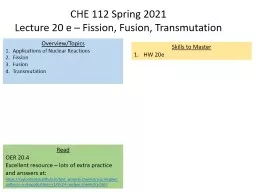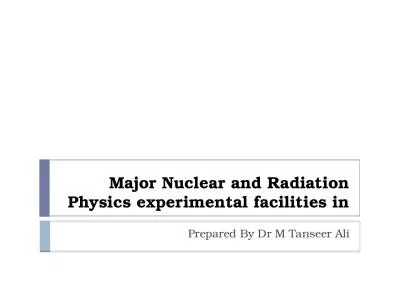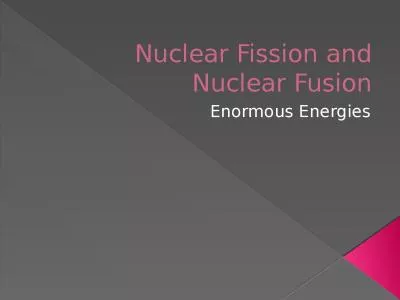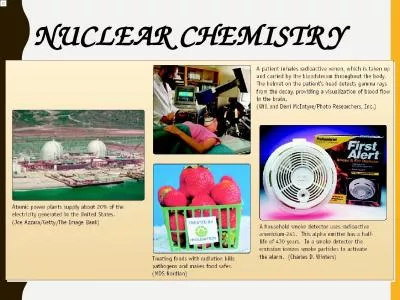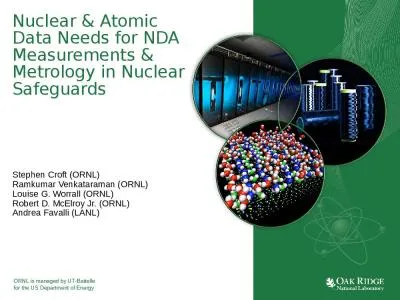PPT-1 “ European Nuclear Science and Applications Research 2
Author : blackwidownissan | Published Date : 2020-06-29
ENSAR2 Muhsin N Harakeh Coordinator ENSAR2 on behalf of the ENSAR2 management group NuPECC Strategy Meeting 16 January 2016 Darmstadt Germany 2 ENSAR2 is the integrating
Presentation Embed Code
Download Presentation
Download Presentation The PPT/PDF document "1 “ European Nuclear Science and Appli..." is the property of its rightful owner. Permission is granted to download and print the materials on this website for personal, non-commercial use only, and to display it on your personal computer provided you do not modify the materials and that you retain all copyright notices contained in the materials. By downloading content from our website, you accept the terms of this agreement.
1 “ European Nuclear Science and Applications Research 2: Transcript
Download Rules Of Document
"1 “ European Nuclear Science and Applications Research 2"The content belongs to its owner. You may download and print it for personal use, without modification, and keep all copyright notices. By downloading, you agree to these terms.
Related Documents

